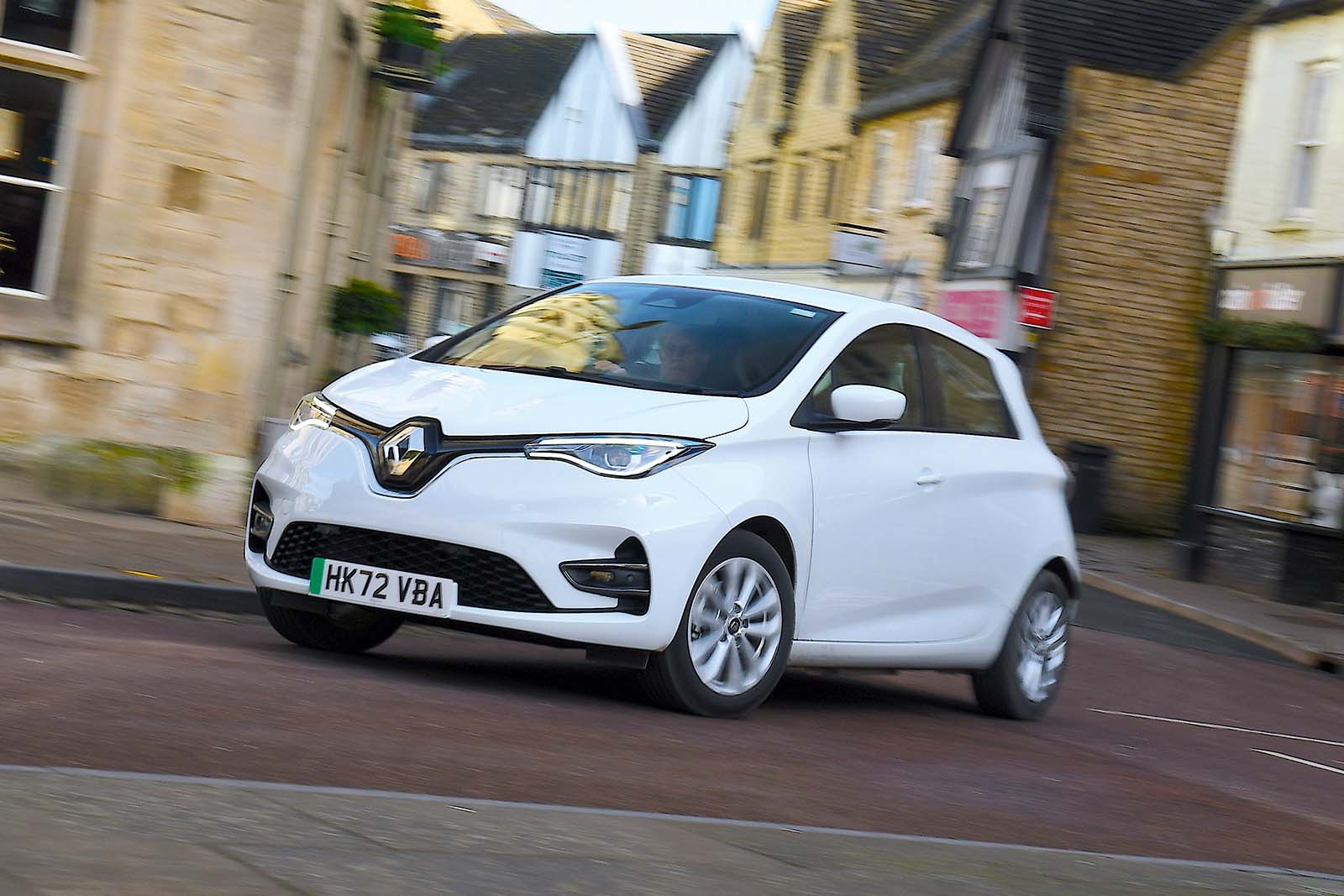There’s more. Though the essential design has been in production 12 years, a recent Zoe feels entirely modern with its LED lights, automatic dipping, automatic wipers, automatic locking and thoroughly decent phone-connected audio and nav systems.
Best of all, it’s fun to drive. The ride is fairly soft and nicely damped in a way that brings faint hints of nostalgia to someone who drove a lot of blancmange-like everyman Renaults back in the day, but nowadays you can pitch your Zoe into roundabouts without either the body roll or the tyre-screeching understeer.
As with other EVs, despite its modest peak power, there’s surprising torque to slingshot you off the mark, without all of that clutch and gear-change nonsense. It’s simple, clean, efficient, quick and quiet.
Cars leave my place all the time. Even if a car has a big price and a big name, you pretty soon become inured to any sense of loss. Sometimes you’re secretly pleased to see a big-name car go, if you’ve avoided kerbing the wheels and nobody’s swiped it on your watch and bunged it in a container bound for Africa.
But with the Zoe, we were all so sorry to see it go. We practically stood on the doorstep and waved it goodbye.
As it rolled away down the street, I had this crazy thought: was it really too late to drop an “Are you sure about this, Luca?” email to CEO de Meo, asking for a stay of execution for a Renault of rare excellence? It was nonsense, of course. It’s years too late.
Renault’s detailed model succession plans have been in place for three years, maybe longer. But I still choose to think that having such a fleeting and cockeyed Zoe plan, even for a second, shows the mettle of the model.
